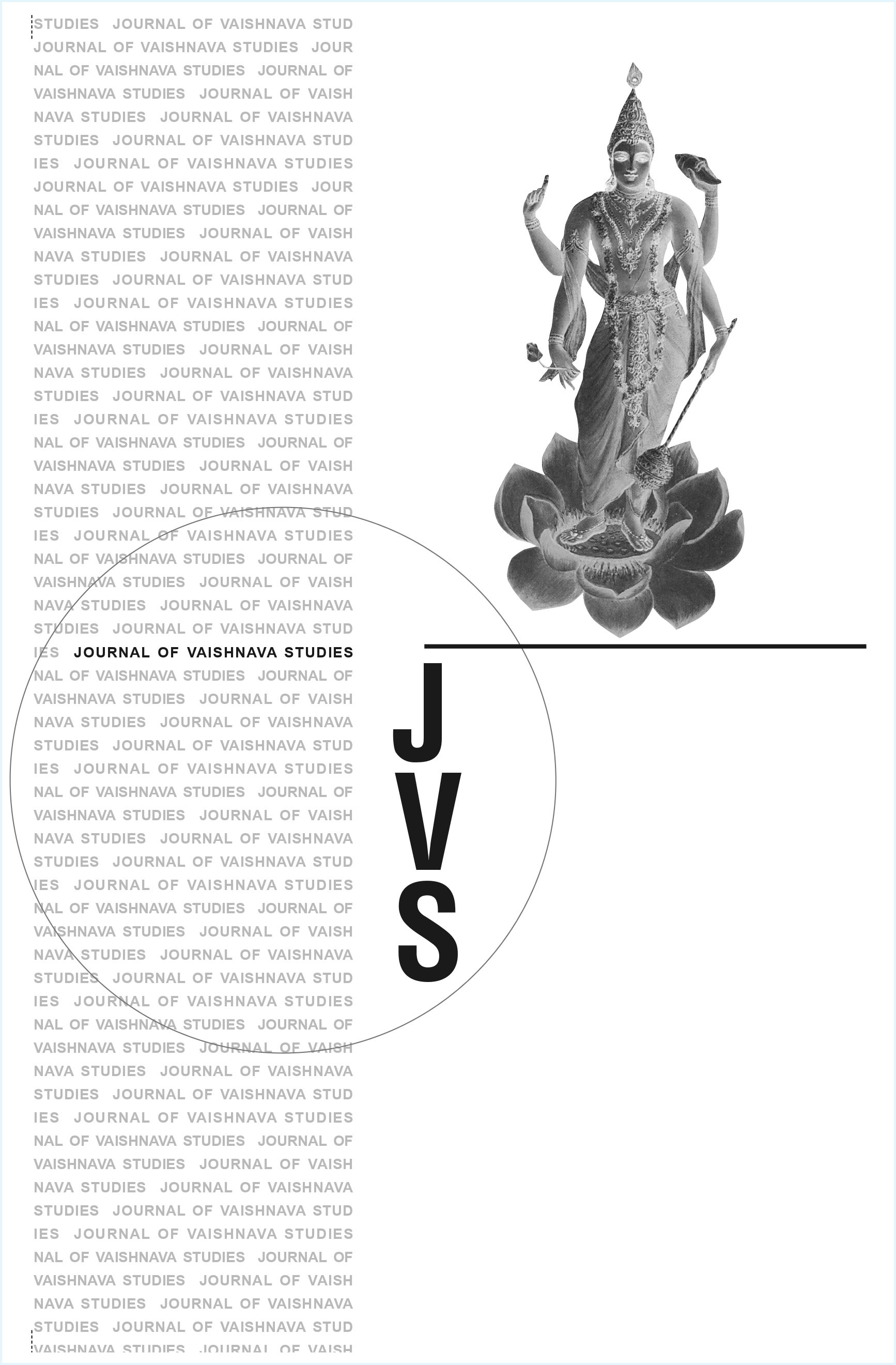The Difference Between God and Jīva
Keywords:
Dvaita Vedanta, Brahman, Jiva, Amsha, Pratibimba, Upajivaka, Upajivya, Madhvacarya, Advaita, Vishishtadvaita, Bhaskara, Vedanta Philosophy, Scriptural InterpretationAbstract
The article "The Differences Between God (Brahman) and the Living Beings (Jiva): A Madhvite Approach" by D Prahaladachar systematically examines the intricate relationship between Brahman (God) and the Jivas (living beings) from the Dvaita Vedanta perspective. The author contrasts the Dvaita view with those of the Advaita, Vishishtadvaita, and Bhaskara schools, highlighting fundamental differences in their understanding of Brahman's nature, the Jiva's identity, and the reality of the universe. The article delves into scriptural evidence where Jivas are described as both amshas (parts) and pratibimbas (reflections) of Brahman. Prahaladachar then meticulously addresses philosophical challenges arising from these terms, such as the impossibility of Brahman having literal parts or reflections under traditional interpretations. The Dvaita solution proposes a unique understanding of "amsha" as "upajivaka" (dependent) and "bhinnasmsha" (inferior yet similar), emphasizing the Jiva's eternal dependence on Brahman while maintaining their inherent difference. Similarly, the concept of "pratibimba" is interpreted not as a literal reflection with a distinct reflector, but as a symbolic representation of the Jiva's difference from and similarity to Brahman, particularly in their shared virtuous nature, albeit with qualitative and quantitative distinctions. The article concludes that Dvaita Vedanta, by embracing "atypical concepts" when necessary and aligning with scriptural and observable reality, offers a consistent and justifiable framework for the distinct yet dependent relationship between God and living beings.Published
1997-05-13
Issue
Section
Articles





